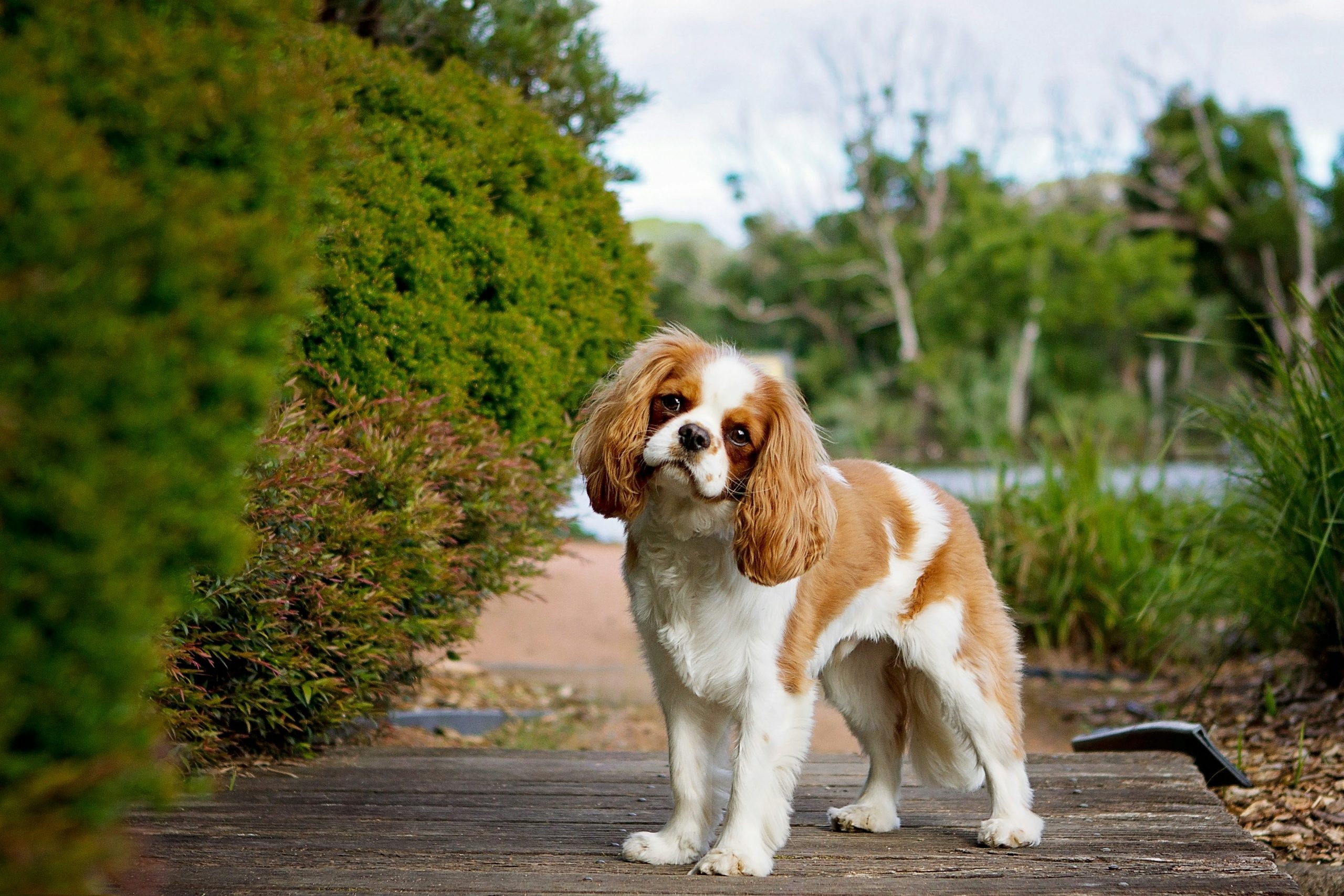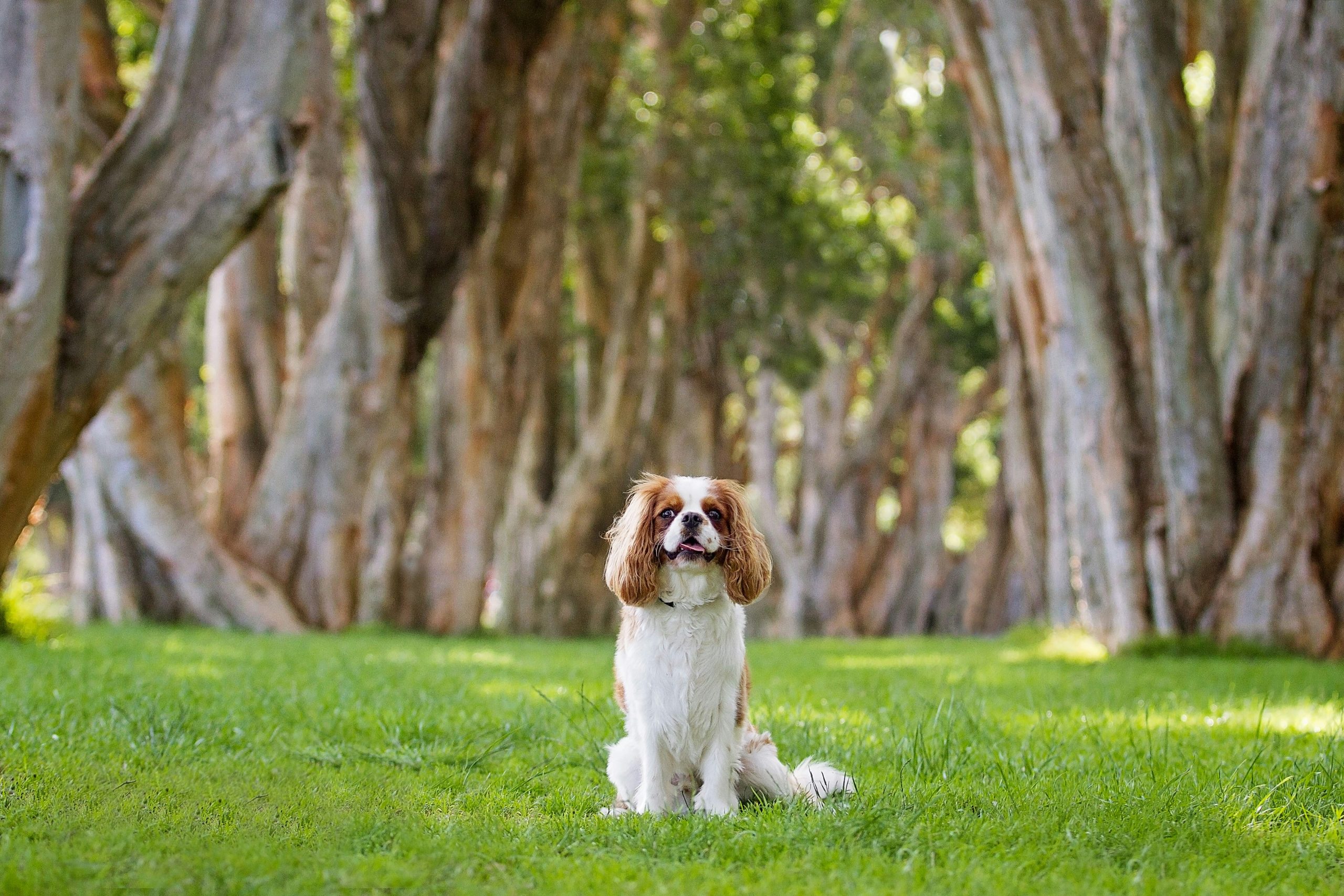The Cavalier King Charles Spaniel, with its endearing expression, prominent dark eyes, and gentle demeanor, holds a special place in the hearts of dog lovers worldwide. This breed’s history is as rich and regal as its name suggests, tracing back to the aristocratic circles of England. The Cavalier’s ancestors were the beloved pets of kings and queens, immortalized in paintings and literature throughout the centuries. Unlike many breeds whose origins are shrouded in mystery, the lineage of the Cavalier King Charles Spaniel is well documented, reflecting its status among the nobility and its evolution into the charming companion known today. This article delves into the fascinating history and origin of the Cavalier, exploring its royal connections, the distinction between it and its cousin, the King Charles Spaniel, its decline and resurgence, and its current status as a beloved pet and companion.

The Royal Beginnings and Aristocratic Ties
The Cavalier King Charles Spaniel’s story begins in England’s palaces and manor houses. These small spaniels were a favorite among British nobility, particularly King Charles II, after whom the breed was named. Charles II was so fond of his Spaniels that he decreed they were allowed in any public place, including the Houses of Parliament. This royal patronage ensured the breed’s popularity and status as a symbol of wealth and luxury. Paintings from the 16th, 17th, and 18th centuries often depict these dogs in the laps of duchesses and queens, highlighting their role as a fashionable accessory for the elite. The original Spaniels of this era were slightly different in appearance from today’s Cavaliers, with a longer nose and a more athletic body, bred not just for companionship but also for flushing game in hunting.
The Evolution of the Breed
The Cavalier King Charles Spaniel we know today underwent significant changes in the 19th and early 20th centuries. During the Victorian era, there was a shift in breeding preferences towards dogs with shorter noses and dome-shaped heads. This led to the development of the King Charles Spaniel, which is distinct from the original type. By the early 20th century, the old-type spaniels were nearly extinct, replaced by the flatter-faced variety. However, a wealthy American named Roswell Eldridge offered a prize in the 1920s for the best “old-type” Spaniels, aiming to revive the breed’s original appearance. This initiative led to the reemergence of the breed with the longer nose and the name “Cavalier” added to distinguish it from the more modified King Charles Spaniel.
The Cavalier’s Distinction from the King Charles Spaniel
While the Cavalier King Charles Spaniel and the King Charles Spaniel share a common ancestry, the breeds have distinct differences, primarily in physical appearance. The Cavalier is more prominent with a longer nose, flatter skull, and less noticeable eyes than the King Charles Spaniel. These differences were solidified in the early 20th century when breeders began to separate the two types, leading to the development of distinct breed standards. The Cavalier’s breeding was focused on reviving the original spaniel features favored by King Charles II, which included a more proportional face, a graceful, athletic body, and a friendly, outgoing temperament.
The Breed’s Decline and Resurgence
Despite its royal origins and popularity among the aristocracy, the Cavalier King Charles Spaniel experienced a decline. This was mainly due to the shifting breeding preferences towards the modified King Charles Spaniel. However, the breed saw a resurgence in the mid-20th century, thanks to dedicated breeders in the United Kingdom who sought to preserve and restore the Cavalier to its historical type. The establishment of the Cavalier King Charles Spaniel Club in 1928 marked a turning point, leading to increased interest and efforts to standardize the breed. The American Kennel Club officially recognized the Cavalier King Charles Spaniel as a distinct breed in 1995, reflecting its growing popularity and the success of revitalization efforts.
The Cavalier Today: A Beloved Companion
Today, the Cavalier King Charles Spaniel is cherished worldwide for its affectionate nature, adaptability, and companionship. While no longer roaming the halls of palaces or gracing the laps of royalty, Cavaliers have found a new realm in the homes and hearts of families. Their moderate size, easygoing temperament, and intelligence make them suitable for various living situations, from apartments to large homes with yards. Cavaliers are known for their sociability, often described as “love sponges,” and their ability to get along with children, other dogs, and pets. Their popularity continues to grow, not just as pets but also in dog shows, agility, and therapy work, showcasing their versatility and enduring appeal.
Health and Genetics: A Modern Focus
With the breed’s resurgence and popularity, there has also been an increased focus on health and genetics. Cavaliers are prone to certain hereditary conditions, such as mitral valve disease (MVD), syringomyelia (SM), and hip dysplasia. Responsible breeding practices, including health screening and genetic testing, have become crucial in reducing the prevalence of these conditions. Breed clubs and organizations worldwide are dedicated to the health and welfare of the Cavalier, funding research and promoting awareness among breeders and owners. The aim is to ensure the longevity and well-being of these beloved dogs, allowing them to continue enriching the lives of their owners for many years to come.
The Cavalier King Charles Spaniel’s journey from the laps of royalty to the living rooms of families around the globe is a testament to the breed’s enduring charm and adaptability. Its rich history and efforts to preserve and improve the breed have ensured the Cavalier’s place as a cherished companion. The focus on health and genetics is a positive step towards securing a bright future for Cavaliers, allowing them to continue bringing joy and companionship to their owners. As we look back on the breed’s royal origins and evolution, it’s clear that the Cavalier King Charles Spaniel’s legacy as a beloved pet and companion is well established, thriving in dog lovers’ hearts everywhere.
Frequently Asked Questions About The History of Cavaliers

 Toledo, United States.
Toledo, United States.